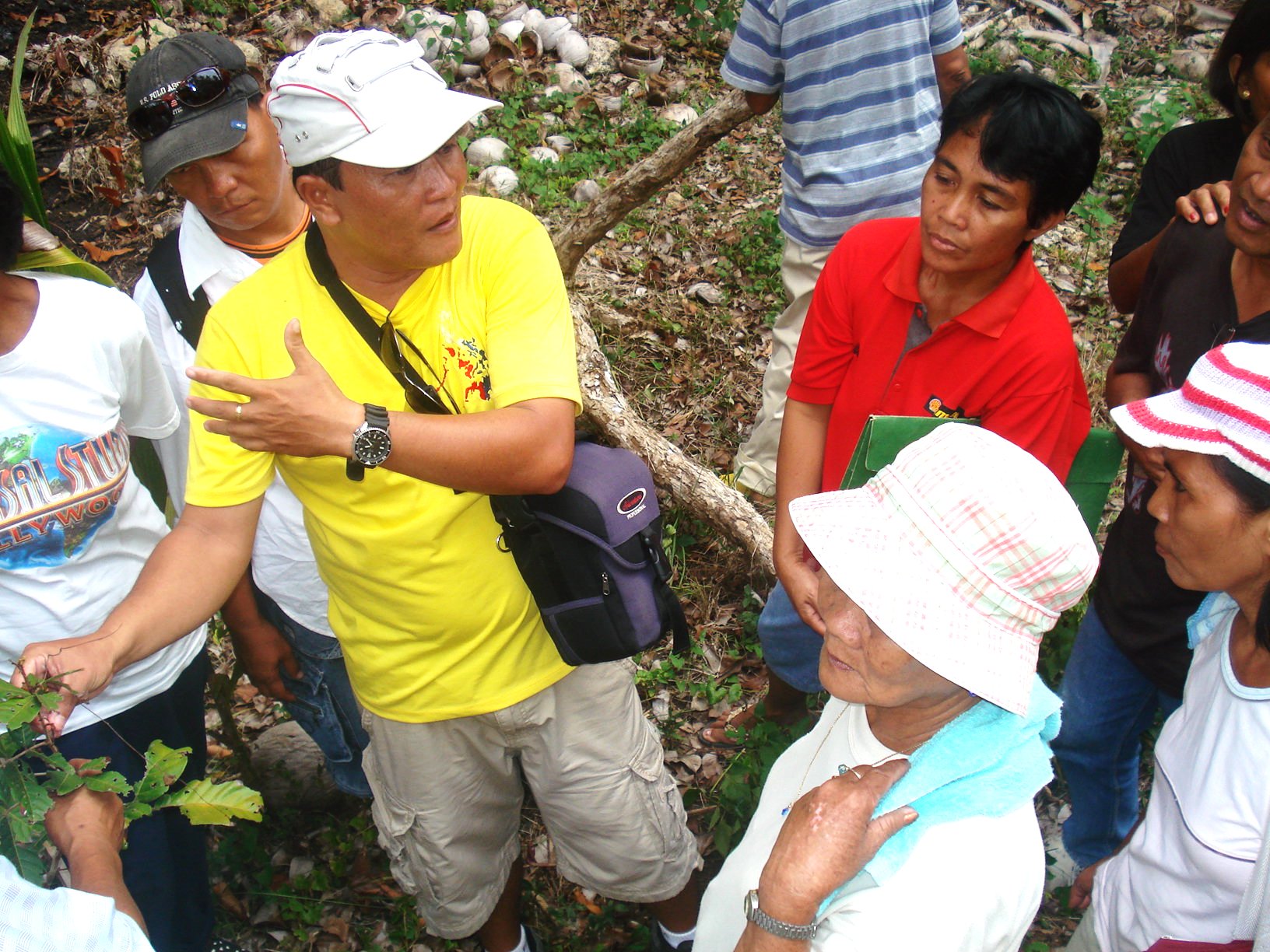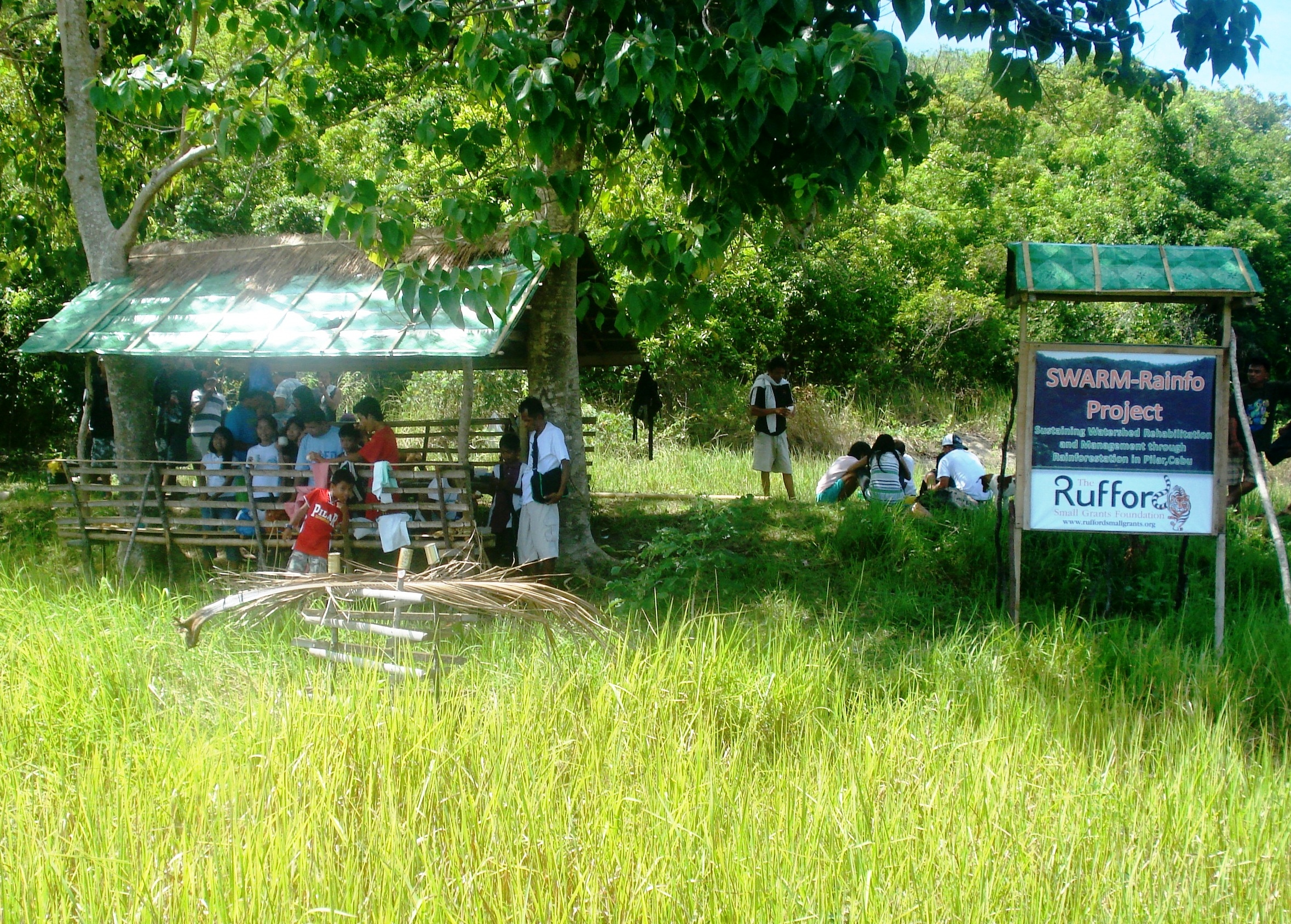An Overview Of Our Solution
- Population Impacted:
- Continent: Asia
Organization type
Population impacted
Size of agricultural area
Production quantity
People employed
Describe your solution
Describe your implementation
External connections
What is the environmental or ecological challenge you are targeting with your solution?
Describe the context in which you are operating
In the municipality’s proposed Comprehensive Land Use Plan, the dominant land use classification is forestland (36.40%). It includes 1,130 hectares (29.92%) allotted for agro-forest development and 244.64 hectares (6.48%) for forest reserve, out of a total land area of 3,776.0 hectares. Attempts at reforestation and tree planting activities resulted only in a few pocket forests; which are too small to make a significant effect on water availability. Majority of these pocket forests were planted with exotic species such as gmelina sp., while native tree species have become very rare. Philippine tropical forests hold many tree species that serve a variety of functions, the most important of which is keeping the watershed intact. Current tree planting efforts that use “fast-growing” trees that are alien to the original forest are putting native tree species at a disadvantage. The resulting mono-culture of trees is more vulnerable to insect attacks and diseases, and caused nutrient imbalances in the soil that affected other plants. Income from the mono-culture of exotic species did not reach the farmers' expectations.
How did you impact natural resource use and greenhouse gas emissions?
Language(s)
Social/Community
Water
Food Security/Nutrition
Economic/Sustainable Development
Climate
Sustainability
The early stage of rainforestation farming in Pilar, including partnership development, capacity building and organisation of farmer cooperators required grant funding from the local government and from non-government organisations. But subsequent activities including farm development and management were already funded by individual farmer cooperators or by farmer organisations, partly by the income from fruits and vegetables harvested from the farm.
Return on investment
Entrant Image

Entrant Banner Image

